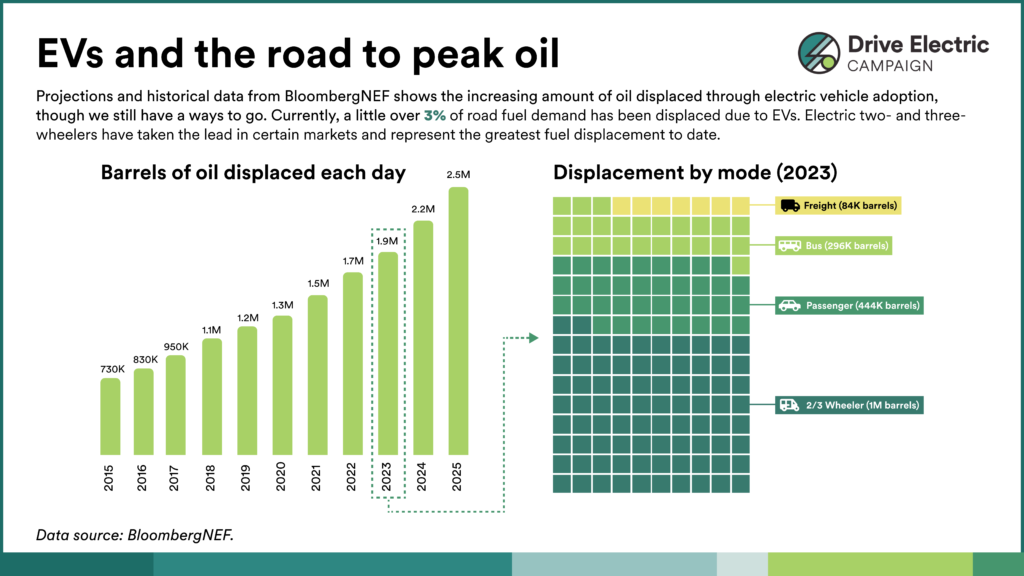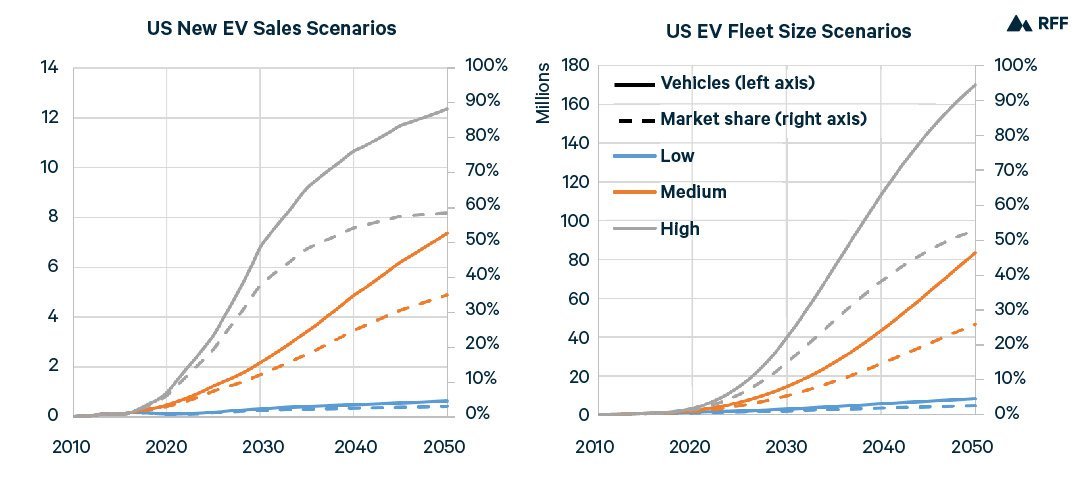Hey! So you’ve probably heard a lot about electric vehicles (EVs) and how they’re the future of transportation, right? Well, here’s something interesting to consider: are there any specific emissions reduction targets tied to the adoption of EVs? In other words, are there goals in place to measure the impact of EVs on reducing harmful emissions? Let’s explore this topic further and find out how EVs are making a positive impact on our environment.

Governmental Emissions Reduction Targets
National Targets
Many countries around the world have recognized the need to reduce greenhouse gas emissions and combat climate change. As part of their efforts, they have established national targets for emissions reduction. These targets vary from country to country, but the overarching goal is to achieve a significant decrease in emissions over a specified period of time. One key aspect of these national targets is the adoption of electric vehicles (EVs) as a means of reducing emissions from the transportation sector.
International Agreements
In addition to national targets, several international agreements have been formed to address the issue of emissions reduction. One notable example is the Paris Agreement, which was adopted in 2015 and signed by nearly every country in the world. This agreement aims to limit global warming to well below 2 degrees Celsius above pre-industrial levels and to pursue efforts to limit the temperature increase to 1.5 degrees Celsius. EV adoption is seen as a crucial step in achieving the emissions reduction goals outlined in these international agreements.
Role of Policy in Achieving Targets
Incentives and Rebates
To encourage consumers to switch to electric vehicles, many governments have implemented incentives and rebates. These can take the form of financial incentives, such as tax credits or grants, which help offset the higher initial cost of purchasing an EV. Governments may also offer various benefits like free parking or access to high-occupancy vehicle (HOV) lanes to incentivize EV adoption. These policies play a vital role in motivating individuals to choose EVs over traditional internal combustion engine (ICE) vehicles.
Regulatory Policies
In addition to incentives, regulatory policies also play a significant role in achieving emissions reduction targets. Governments may implement regulations that require automakers to meet certain emissions standards or produce a minimum percentage of zero-emission vehicles. These policies create a framework for the development and deployment of EVs, ensuring that manufacturers are actively working towards reducing emissions. By setting these regulations, governments can steer the market towards cleaner and more sustainable transportation options.
Global vs. Regional Targets
Varied Approaches
While there are overarching international agreements and goals for emissions reduction, individual countries and regions often have their own specific targets and approaches. This reflects the diverse nature of each country’s emissions profile and the unique challenges they face. For example, countries with high levels of air pollution may prioritize reducing emissions from the transportation sector, making the adoption of EVs a critical focus. On the other hand, regions with abundant renewable energy resources may prioritize transitioning to electric vehicles powered by clean energy sources.
Challenges in Implementing Targets
Implementing emissions reduction targets can present various challenges. One common challenge is the lack of coordination between different levels of government and between different countries. This can result in inconsistent policies and hinder progress towards achieving emissions reduction targets. Additionally, the transition to electric vehicles requires significant infrastructure upgrades, including the development of charging infrastructure. This can be a costly and time-consuming process, particularly for countries with limited resources. Overcoming these challenges requires effective collaboration and innovative solutions.
Impact of EV Adoption on Emissions Reduction
Comparative Analysis with Internal Combustion Engine Vehicles
When comparing the emissions of EVs to traditional internal combustion engine vehicles, it becomes clear that EV adoption has the potential to make a significant impact on reducing emissions. Unlike gasoline-powered vehicles, electric vehicles produce zero tailpipe emissions. This means that they do not release pollutants such as carbon dioxide, nitrogen oxides, or particulate matter into the atmosphere during operation. By shifting from ICE vehicles to EVs, countries can make substantial strides towards achieving their emissions reduction targets.
Potential for Significant Reductions
The potential for emissions reductions through the widespread adoption of EVs is substantial. According to various studies, the transportation sector is one of the largest contributors to greenhouse gas emissions globally. By electrifying this sector, countries have the opportunity to make a significant dent in their emissions. Furthermore, as the electricity grid becomes cleaner and more renewable energy sources are integrated, the emissions associated with electric vehicle charging will continue to decrease. This further strengthens the case for EV adoption as an effective strategy for achieving emissions reduction targets.
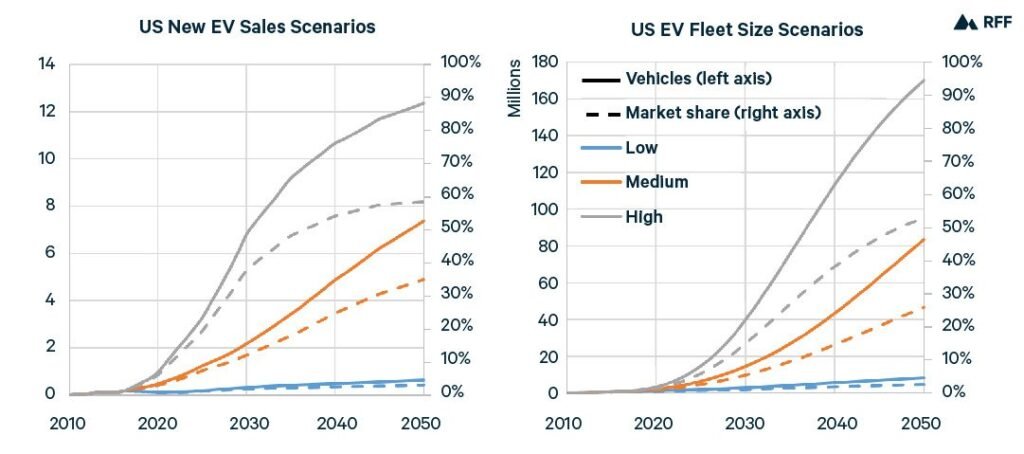
Technological Advancements for Green Mobility
Battery Efficiency Improvements
One key area of technological advancement in the electric vehicle industry is battery efficiency. Batteries are a critical component of EVs, and advancements in battery technology have a direct impact on their range and overall performance. As battery technology improves, EVs can travel longer distances on a single charge, making them more practical for consumers. Additionally, increased battery efficiency translates to a higher energy storage capacity, enabling vehicles to store and use more renewable energy. These advancements contribute to the overall goal of reducing emissions and transitioning towards greener mobility solutions.
Renewable Energy Integration
The integration of renewable energy sources into the energy grid is another important aspect of achieving emissions reduction targets. As more renewable energy is generated, it can be harnessed to power electric vehicles, further reducing their carbon footprint. This integration can be facilitated through smart grid technologies, which allow for more efficient and reliable management of renewable energy resources. By coupling the adoption of EVs with renewable energy integration, countries can realize a synergistic approach towards a more sustainable and emissions-free transportation sector.
Economic Implications of EV Adoption
Job Creation
The adoption of electric vehicles has significant economic implications, including job creation. As the demand for EVs increases, there will be a greater need for skilled workers in various sectors such as manufacturing, battery production, and charging infrastructure installation and maintenance. Additionally, the development of new technologies and the expansion of the electric vehicle industry can spur innovation and create additional job opportunities. By embracing EV adoption, countries can foster economic growth while simultaneously working towards emissions reduction targets.
Infrastructure Investments
The widespread adoption of electric vehicles requires substantial investments in charging infrastructure. Governments and private entities alike need to invest in the development of a robust and accessible charging network to support EV growth. This infrastructure includes public charging stations in residential areas, workplaces, and along highways. The investment in charging infrastructure creates new business opportunities and contributes to local economies. Furthermore, it serves as a crucial enabler for EV adoption by addressing concerns about range anxiety and ensuring that EV owners have convenient access to charging options.
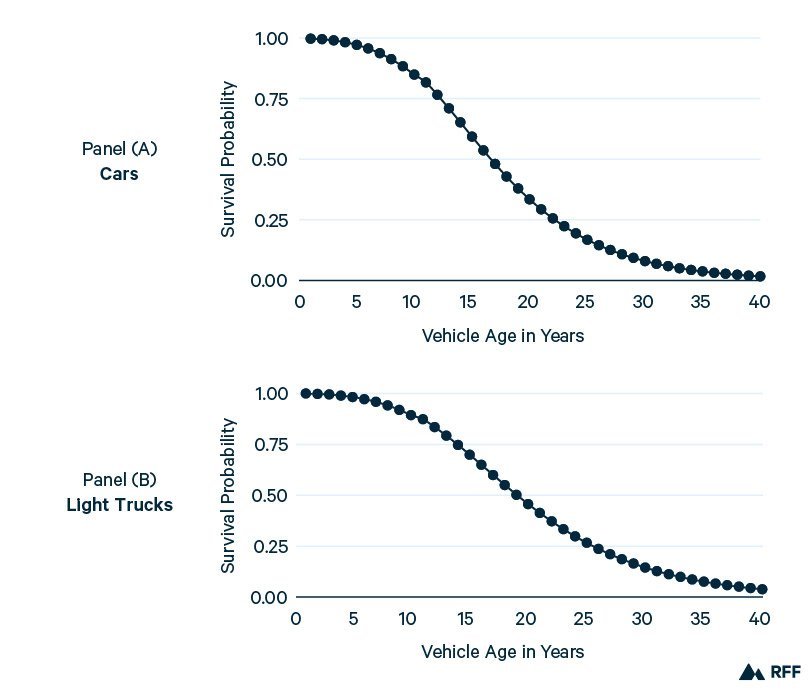
Barriers to Achieving Emissions Reduction Targets
Limited Charging Infrastructure
While charging infrastructure investment is crucial, the lack of a comprehensive and widely available charging network remains a barrier to achieving emissions reduction targets. Range anxiety, the fear of running out of charge during a trip, is a significant concern among potential EV buyers. To address this, governments and private entities need to work together to establish an extensive charging network that addresses both urban and rural areas. This would provide reassurance to consumers and help overcome one of the main barriers to widespread EV adoption.
Affordability and Availability of EVs
Another barrier to achieving emissions reduction targets through EV adoption is the affordability and availability of electric vehicles. Historically, EVs have had higher upfront costs compared to their ICE counterparts. However, ongoing advancements in technology and economies of scale have contributed to a decrease in the price of electric vehicles. As prices continue to become more competitive and a wider range of models becomes available, the barrier of affordability will gradually be overcome. Governments can also provide financial incentives and support mechanisms to ensure that EVs are accessible to a broader population.
Collaboration and Partnership for Target Achievement
Stakeholder Cooperation
Achieving emissions reduction targets necessitates collaboration and cooperation among various stakeholders. Governments, automakers, energy companies, and infrastructure providers need to work together to create an enabling environment for EV adoption. This includes aligning policies, sharing knowledge and best practices, and fostering partnerships to leverage each other’s strengths. By fostering stakeholder cooperation, countries can accelerate the transition to sustainable transportation and maximize the impact of EV adoption on emissions reduction.
Public-Private Initiatives
Public-private partnerships and initiatives play a crucial role in driving the adoption of EVs and achieving emissions reduction targets. Governments can collaborate with private companies to develop and implement programs that promote EV adoption, such as incentives for businesses to electrify their fleets. Additionally, partnership models that facilitate the establishment of charging infrastructure can help overcome the challenges associated with limited charging network availability. By working together, the public and private sectors can unlock the full potential of EV adoption in reducing emissions.
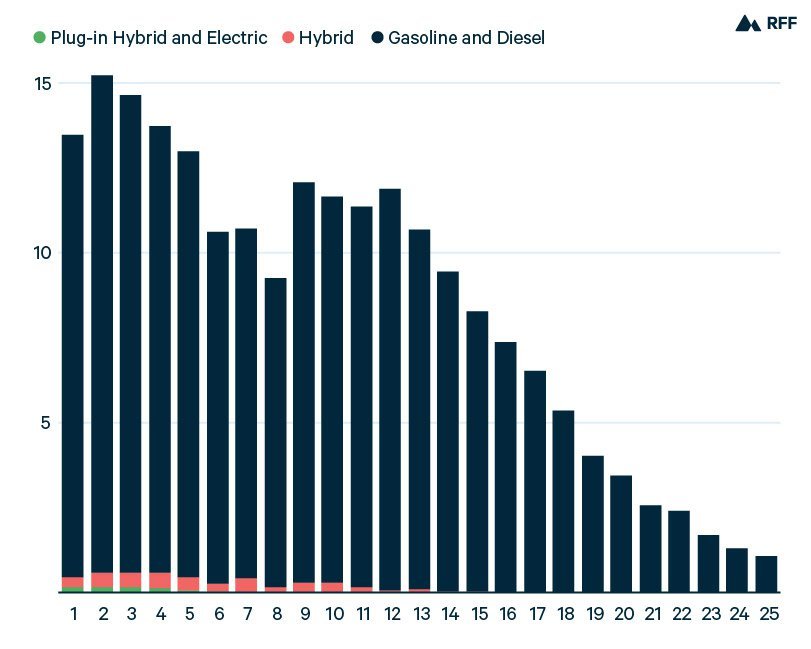
Monitoring and Reporting Progress
Key Performance Indicators
Monitoring and reporting progress towards emissions reduction targets is essential for accountability and transparency. Key performance indicators (KPIs) provide a measurable framework for tracking progress and evaluating the effectiveness of policies and initiatives. KPIs can include metrics such as the number of EVs on the road, emissions reductions from the transportation sector, charging infrastructure growth, and renewable energy integration. Regular monitoring and reporting of these KPIs enable governments and other stakeholders to assess progress, identify areas for improvement, and make data-driven decisions.
Transparency in Data Reporting
Transparency in data reporting is critical to ensure credibility and facilitate international cooperation. Governments and organizations need to establish robust reporting mechanisms that provide accurate and up-to-date information on emissions, EV adoption, and related factors. This transparency allows for benchmarking and comparison between countries and regions, enabling the sharing of best practices and the identification of areas for improvement. By adopting transparent data reporting practices, countries can build trust, foster collaboration, and drive collective action towards achieving emissions reduction targets.
Future Outlook and Challenges
Balancing EV Growth with Renewable Energy Generation
The future outlook for EV adoption is promising, with an increasing number of countries and regions setting ambitious targets for the transition to electric vehicles. However, a challenge that needs to be addressed is the balance between EV growth and renewable energy generation. As the number of EVs on the road increases, the demand for electricity will also rise. To ensure that this increase in electricity demand does not lead to a reliance on fossil fuels, it is crucial to continue expanding renewable energy generation capabilities. By aligning EV growth with renewable energy generation, countries can achieve sustainable and emissions-free mobility.
Integration with Smart Grids
As EV adoption continues to grow, there is a need for seamless integration with smart grid technologies. Smart grids enable the efficient management and distribution of electricity, incorporating renewable energy sources and optimizing charging infrastructure utilization. By integrating EV charging with smart grids, countries can ensure that energy is used effectively and that charging is distributed intelligently to minimize strain on the grid. This integration also opens up possibilities for vehicle-to-grid (V2G) technology, where EVs can serve as energy storage units and help balance the overall energy demand. The integration of EVs with smart grids is essential for maximizing the benefits of EV adoption and achieving emissions reduction targets.
In conclusion, emissions reduction targets associated with EV adoption are a crucial component of global efforts to combat climate change. From national targets and international agreements to policy incentives and regulatory frameworks, various aspects play a role in achieving these targets. The impact of EV adoption on emissions reduction is significant, with the potential for substantial reductions compared to internal combustion engine vehicles. Technological advancements, economic implications, and collaboration are key factors in driving EV adoption and overcoming barriers. Monitoring progress, ensuring transparency, and addressing future challenges like renewable energy integration and smart grid integration contribute to a sustainable and greener future. Through concerted efforts, countries can achieve their emissions reduction targets and create a cleaner and more sustainable transportation sector.
